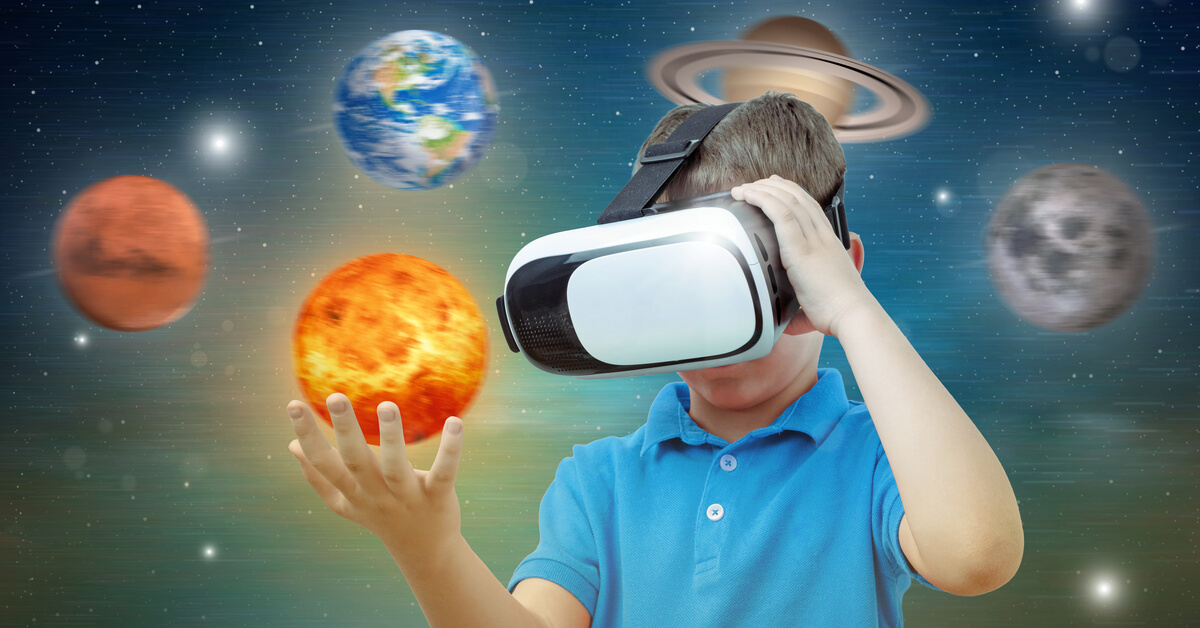Teachers want their students to create content and “build” all kinds of projects, many in newly designed maker spaces, one of the most popular additions to schools. In virtual reality (VR) we see the same growth. Many of the emerging trends in VR/AR/MR/XR (all the Rs) are facilitated by schools connecting ideas and technologies in new ways.
Schools have been using popular computer-aided design (CAD) tools in architecture classes for a long time. Additionally, there is an emerging trend of students using 360 cameras in photography/video classes with the supporting software to edit 360 content. Schools can take an architect’s CAD files, edit the content to include a donor’s plaque, add 360-video of the current neighboring buildings recorded via drone, merge the 3D CAD files with 360 content, and export them to a VR headset. This allows the school’s Development team to meet with donors and show them, through a headset, the new project with the donors’ names on the wall of the virtual building. Alternatively, they could just meet in VR and walk them through a new building with their name on it.
QR codes are being used in schools for everything from scavenger hunts to…


